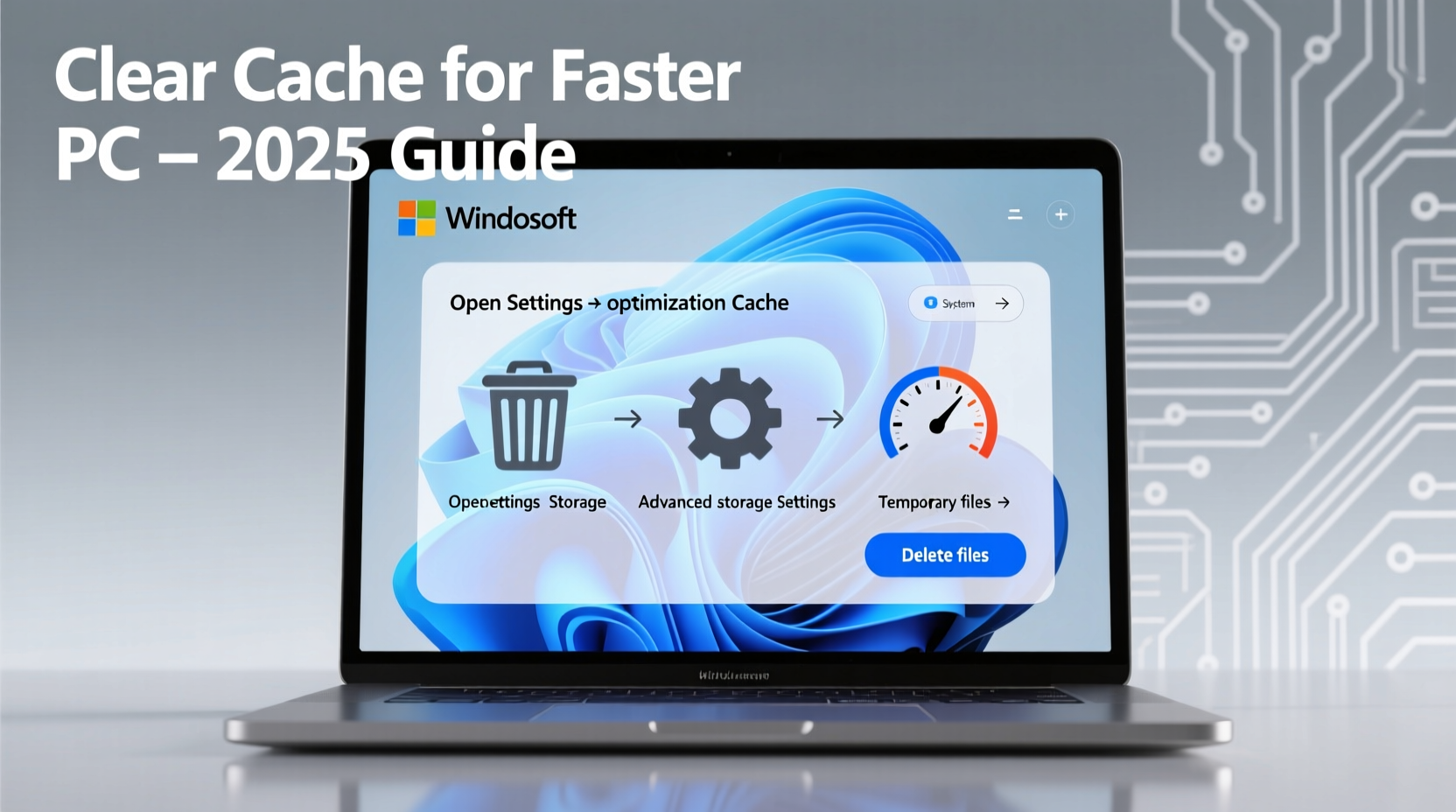Essential Steps to Optimize Your Computer's Performance
In today's fast-paced digital environment, ensuring your computer operates smoothly and efficiently is crucial. Regular usage can clutter your system, leading to unnecessary slowdowns. Whether you're using Windows 10 or the latest Windows 11, optimizing system performance can involve more than just keeping your software up to date. This guide presents comprehensive strategies to declutter and enhance speed on your computer.
Understanding Windows Built-in Utilities
Fortunately, Windows offers several integrated tools to enhance system performance. While they're not designed for extensive repairs, these utilities are invaluable in trimming excess weight, clearing unwanted files, and resolving minor quirks. Cache files and temporary data accumulated during everyday usage can become obsolete and occasionally even lead to performance shortcomings. Addressing these issues can remarkably boost system responsiveness.
Leveraging Windows Cleanup Recommendations
Windows aims to simplify maintenance for users. The "Cleanup Recommendations" feature is a good starting point for managing your disk space. Windows 11 efficiently identifies large files, apps that aren't used frequently, and system files safe for deletion. Follow these steps to access it:
- Open the Start button > Click on Settings.
- Navigate to System > Storage.
- Scroll down to find "Cleanup Recommendations".
This interface will highlight temporary files inside your Downloads folder and the Recycle Bin. Removing these can free up valuable disk space. Ensure you carefully evaluate the content of the Downloads folder, as critical files might be residing there. Furthermore, Windows will alert you to other removable items, which often include large videos or image files that may no longer be necessary.
| Feature | Description |
|---|---|
| Large Files Identification | Targets large media files such as videos that can be deleted or moved. |
| Unused Apps Detection | Encourages the removal of rarely used applications to free up disk space. |
| System Files Cleanup | Detects unnecessary cache and system setup files for deletion. |
Utilizing Disk Cleanup Utility
The Disk Cleanup utility is an essential tool compatible across various Windows versions. To initiate this utility, simply search for "Disk Cleanup" using the Windows search bar. This program categorizes files like temporary internet files, setup logs, and assorted caches eligible for deletion. By selecting these items, you reclaim important disk space—aiding performance incrementally.
Clearing Location Cache
Location cache accumulates as the system synchronizes with new environments. Clearing it can further optimize space and usability. Follow these steps to clear your device's location cache:
- Access the Start menu and select "Settings".
- Click on "Privacy and Security".
- Locate and select "Location history". Then click "Clear".
Flushing the DNS Cache
If you experience reduced internet browsing speeds, flushing the DNS cache can restore efficient internet connectivity. Executing a simple command can expedite this process:
- Press the Windows key + R to open the Run dialog.
- Type ipconfig/flushdns in the dialog, then hit Enter.
Establishing Effective File Management Practices
Optimizing Windows is essentially tied to adopting good file management habits. Monitoring file buildup is crucial for maintaining organized and responsive computing. Although individual cleanup steps may seem minor, collectively they contribute significantly to maintaining optimal system performance.
Additional How-To Resources
To further augment your knowledge, consider exploring these resources:
- How to download YouTube videos for free: A guide to accessing and saving online media.
- Resolving Wi-Fi issues: Transition your home to a wired network without needing Ethernet cables.
- Safely erasing personal data: Best practices for wiping a Windows laptop before reselling it.
- Connecting gaming controllers: Learn how to link a PS4 controller to your smartphone.











 浙公网安备
33010002000092号
浙公网安备
33010002000092号 浙B2-20120091-4
浙B2-20120091-4